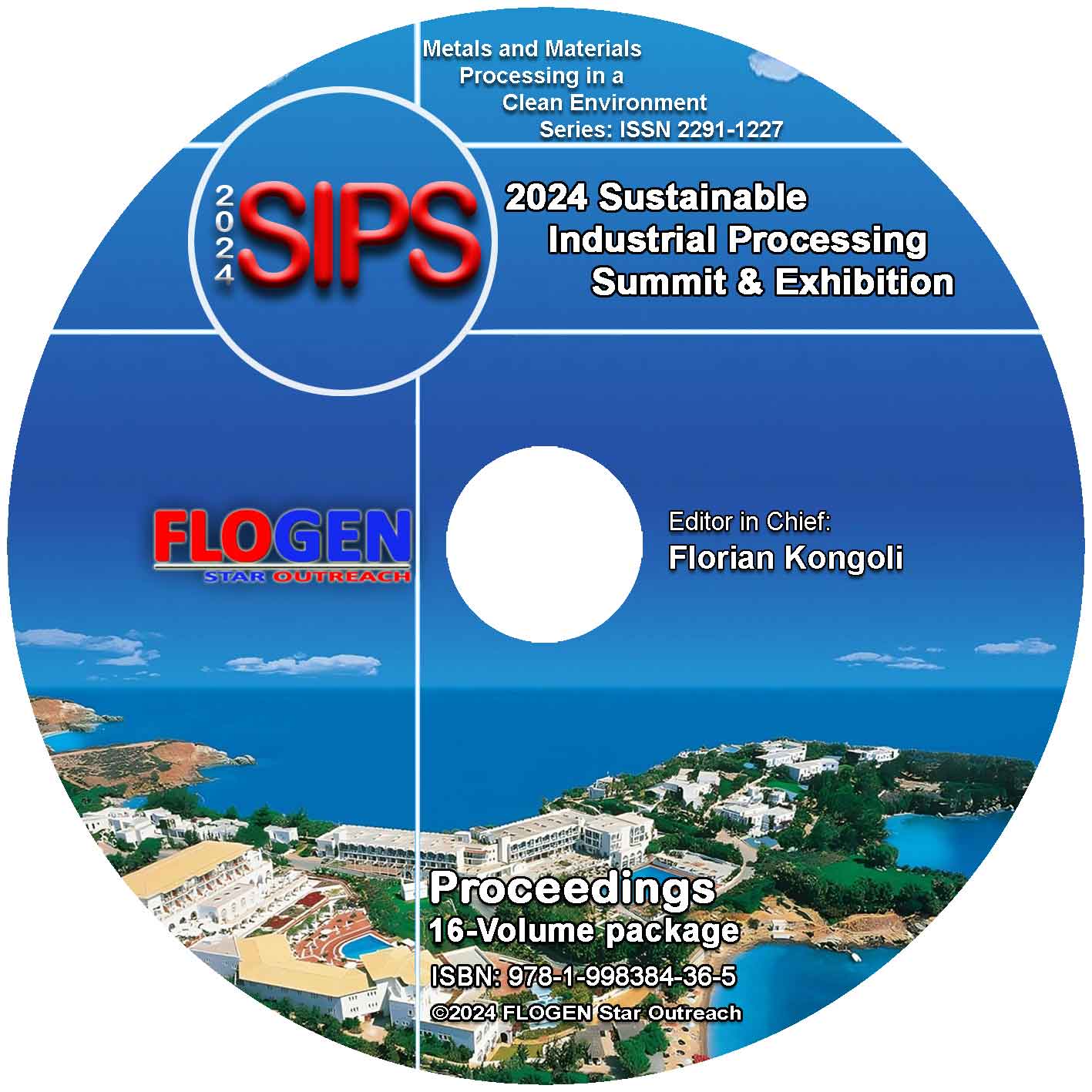2024 - Sustainable Industrial Processing Summit
SIPS 2024 Volume 1. Abe Intl. Symp. / Oxidative Stress and Technological Innovations in Medicine
| Editors: | F. Kongoli, H. Inufusa, T. Yoshikawa, C.A. Amatore, H-Y. Chen, W-H. Huang |
| Publisher: | Flogen Star OUTREACH |
| Publication Year: | 2024 |
| Pages: | 218 pages |
| ISBN: | 978-1-998384-04-4 (CD) |
| ISSN: | 2291-1227 (Metals and Materials Processing in a Clean Environment Series) |

CD shopping page
OXIDATIVE STRESS ON HUMAN VOICE
Shigeru Hirano1; Yoichiro Sugiyama2; Fuhua Yang3; Haruhiko Inufusa3; Toshikazu Yoshikawa4;1KYOTO PREFECTURAL UNIVERSITY OF MEDICINE, Kyoto, Japan; 2SAGA UNIVERSITY, Saga, Japan; 3GIFU UNIVERSITY, Gifu, Japan; 4LOUIS PASTEUR CENTER, Kyoto, Japan;
Type of Paper: Invited
Id Paper: 125
Topic: 54
Abstract:
The vocal fold vibrates in high frequency to create voice sound. The vocal fold has a sophisticated histological “layered structure” that enables such vibration. As the vibration causes fricative damage to the mucosa, excessive voicing can cause inflammation or injury to the mucosa. Chronic inflammation or repeated injury to the vocal fold occasionally induces scar formation in the mucosa, which can result in severe dysphonia, which is difficult to treat. Oxidative stress has been proven to be an important factor in aggravating the injury, which can lead to scarring. It is important to avoid excessive oxidative stress during the wound healing period. Excessive accumulation of reactive oxygen species (ROS) has been found in the injured vocal folds of rats during the early phase of wound healing. Antioxidants proved to be useful in preventing the accumulation of ROS during the period with less scar formation in the long-term results. Oxidative stress is also revealed to contribute to aging of the vocal fold, in which the mucosa becomes thin and stiff with a reduction in vibratory capacity. The aged voice can be characterized as weak and breathy. It has been confirmed that ROS gradually increases in rat vocal fold mucosa with age, which may cause further damage to the vocal fold. Antioxidants have also proved effective in avoiding aging of the vocal fold in rat models. Recently, human trials have shown significant effects of the antioxidant Twendee X for maintaining the voice of professional opera singers. In conclusion, it is suggested that oxidative stress has a great impact on the damage or deterioration of the vocal folds, and the use of antioxidants is effective for preventing damage of the vocal fold and maintaining the voice.